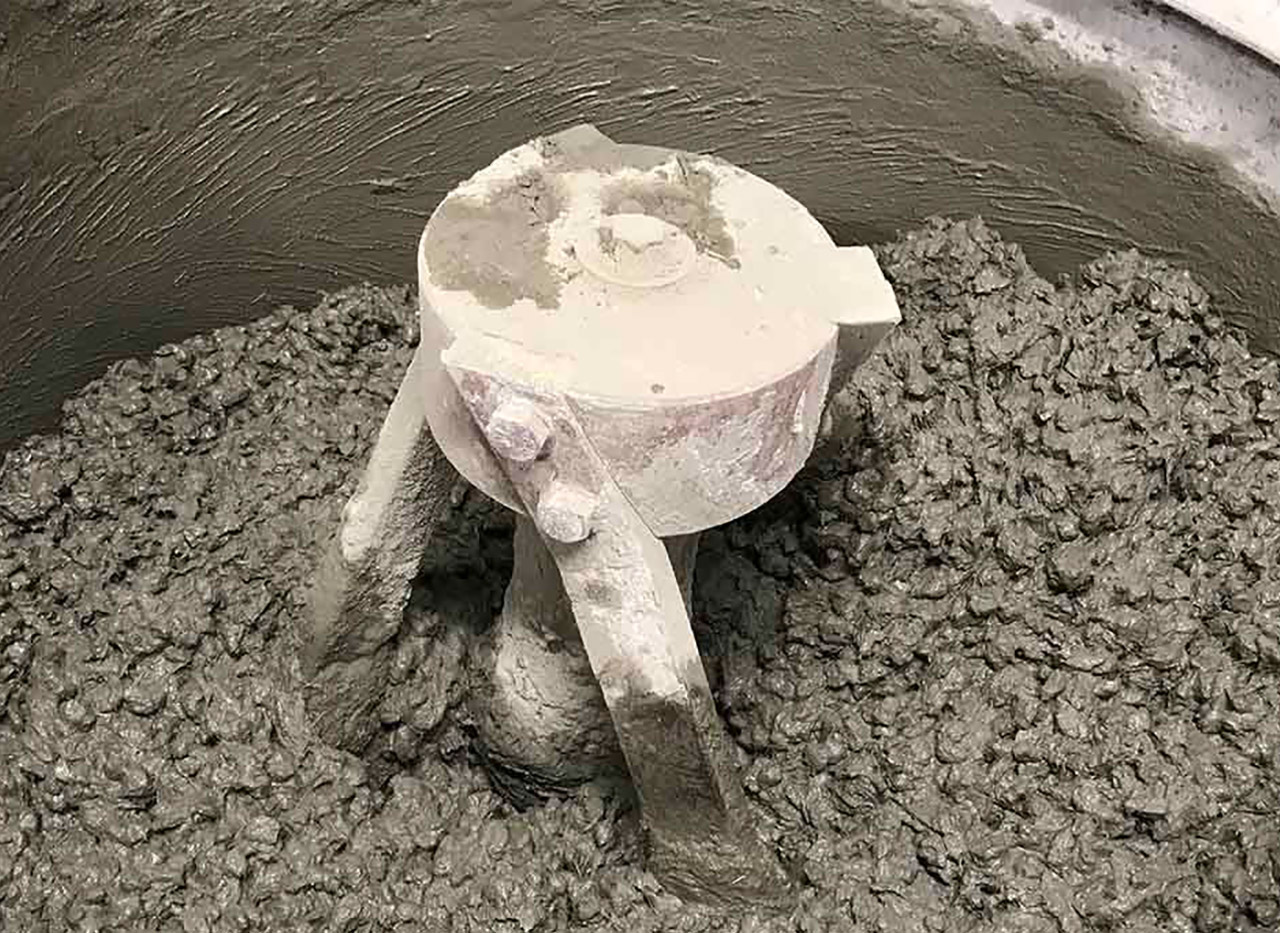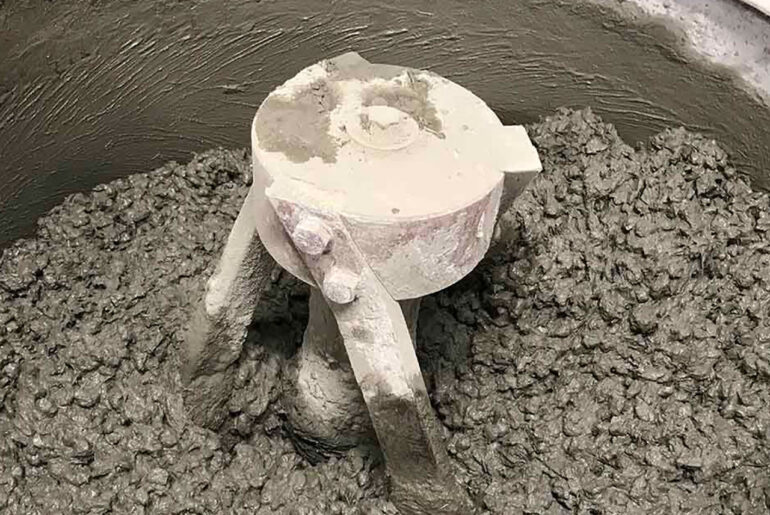
Engineers from RMIT University have found a way to transform old tire rubber into a greener and lighter concrete that aims to reduce manufacturing as well transportation costs significantly. Concrete typically consists of coarse aggregate and by replacing all of this with used tire rubber, the consumption of natural resources can be significantly reduced.

What’s next for the team? This manufacturing process could be scaled up cost effectively within a precast concrete industrial setting in Australia and overseas, That’s not all, the engineers are also now looking into reinforcing the concrete to see how it can work in structural elements. In related news, this is what happens when you spin a tire at the speed of sound.
- Car-lovers can recreate all the details of the ultimate sports car with this collectible LEGO Technic Ferrari Daytona SP3 car model building kit
- The LEGO race car has loads of authentic features, such as: opening butterfly doors, a removable roof and shock absorbers
- This LEGO advanced set for adults also includes a decorated display plate and unique serial number to unlock online rewards and content
We have demonstrated with our precise casting method that this decades-old perceived limitation on using large amounts of coarse rubber particles in concrete can now be overcome. The technique involves using newly designed casting moulds to compress the coarse rubber aggregate in fresh concrete that enhances the building material’s performance,” said Mohammad Momeen Ul Islam, Lead author and PhD researcher from RMIT University’s School of Engineering.






